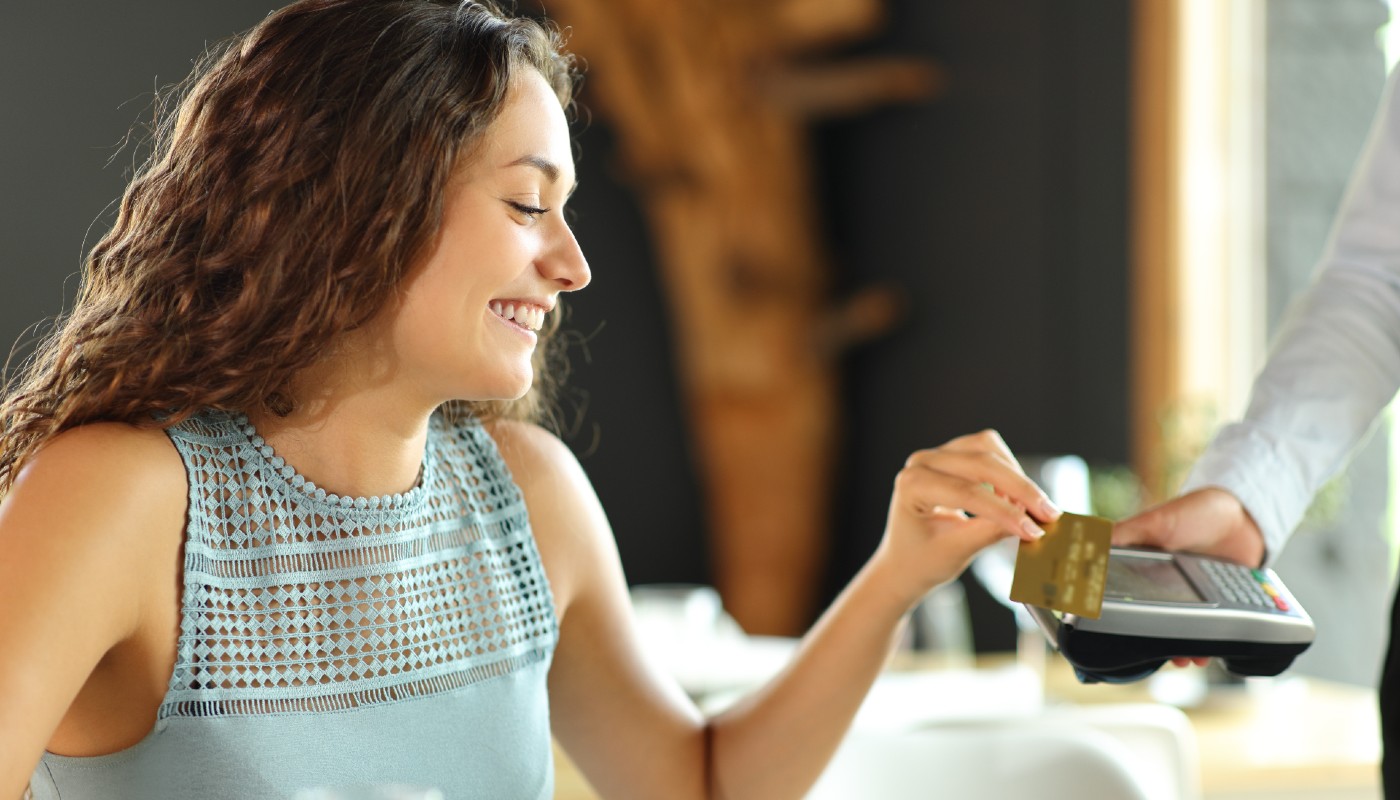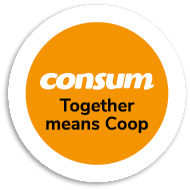Payment methods and how to make the most of them when you shop
Discover and learn about the different payment methods that you can use when shopping for your favourite products and services. Get the most out of them!
how to shop
Share

Knowing about all the payment possibilities and their applications makes for greater organisation of family expenses. Consumers are looking for payment methods that are quick, convenient, accessible and that also offer the guarantee of total safety and privacy for their bank details.
We’ve gathered the main payment methods together and provide details of their advantages and disadvantages as well as their most common uses:
Cash
- This is the classic system: notes and coins. It has been with us for centuries.
- It is particularly practical for small purchases and for face-to-face shopping.
- Due to the inclusion of other more convenient and safer payment methods, this is becoming relegated to a secondary role. The health crisis weighted the balance towards other payment systems that offered more security guarantees.
- The reduction of banking entities and the network of automatic cash machines which can be accessed to withdraw cash, as well as the increase of commission, has also acted to disincentivise its use.
Card
- One of the most convenient and widespread systems. Its disadvantage is that it could responsible for a loss of control when spending due to not being physically visible.
- It makes it possible for you to directly use the cash or credit that you have in your bank account and gives you different payment options: instant, at the end of each month or on the 5th of each month, are some of these options.
- Payment with contactless, chip, PIN and magnetic strip with the physical plastic card.
- It enables payment via mobile phone and other electronic devices. The card holder enters the data and stores it in an ‘electronic wallet’ for its future use - Apple Pay and Google Pay are the most common ones. To pay instantly using the credit card, all you need to do is put the mobile or watch close to the card reader at the store.

Debit card
- Uses the funds that you have available in your bank account. It is not a loan or credit from your bank. This is your money.
- You can use it to pay in practically all stores with a card reader, as well as to make online purchases.
Credit card
- The card holder has a maximum amount they can spend on credit. The entity provides the credit to be returned at a later date and at a specific interest rate.
- It is useful for making large one-off purchases. In this way, the purchase can be paid for in smaller monthly instalments over a period of time.
- The disadvantage of credit cards is that they are very easy to use and also very easy to overspend on. The risk is overstepping the actual debt capacity.
Prepayment card
- These are cards that have been charged with a certain amount of money. They tend to be young people’s first contact with cards, as they allow for greater parental control.
- They are used in the same way as a debit or credit card.
- To use one of these, it is not necessary to open an account with a financial services provider.
Other online payment systems
PayPal
- The oldest system and a leader in payments and transfers through the internet.
- You don’t need to share data, just an email and a password. You need to link the PayPal account to a bank card or account beforehand. With this payment method, the data is encrypted.
- You can also use it through a mobile phone app.
Bizum
- As opposed to other digital payment systems, Bizum connects the mobile directly to the bank account, instead of going through the card. From contact to contact.
- It works in electronic stores and its use is increasing in physical stores.
- The money arrives instantly and without commission, until now, and is independent from the entity from which the transaction is made.
Whichever payment method you decide to use, or whether you use a combination of various methods depending on their use, remember to always have security foremost in mind and take the measures required to keep your personal data safe.






